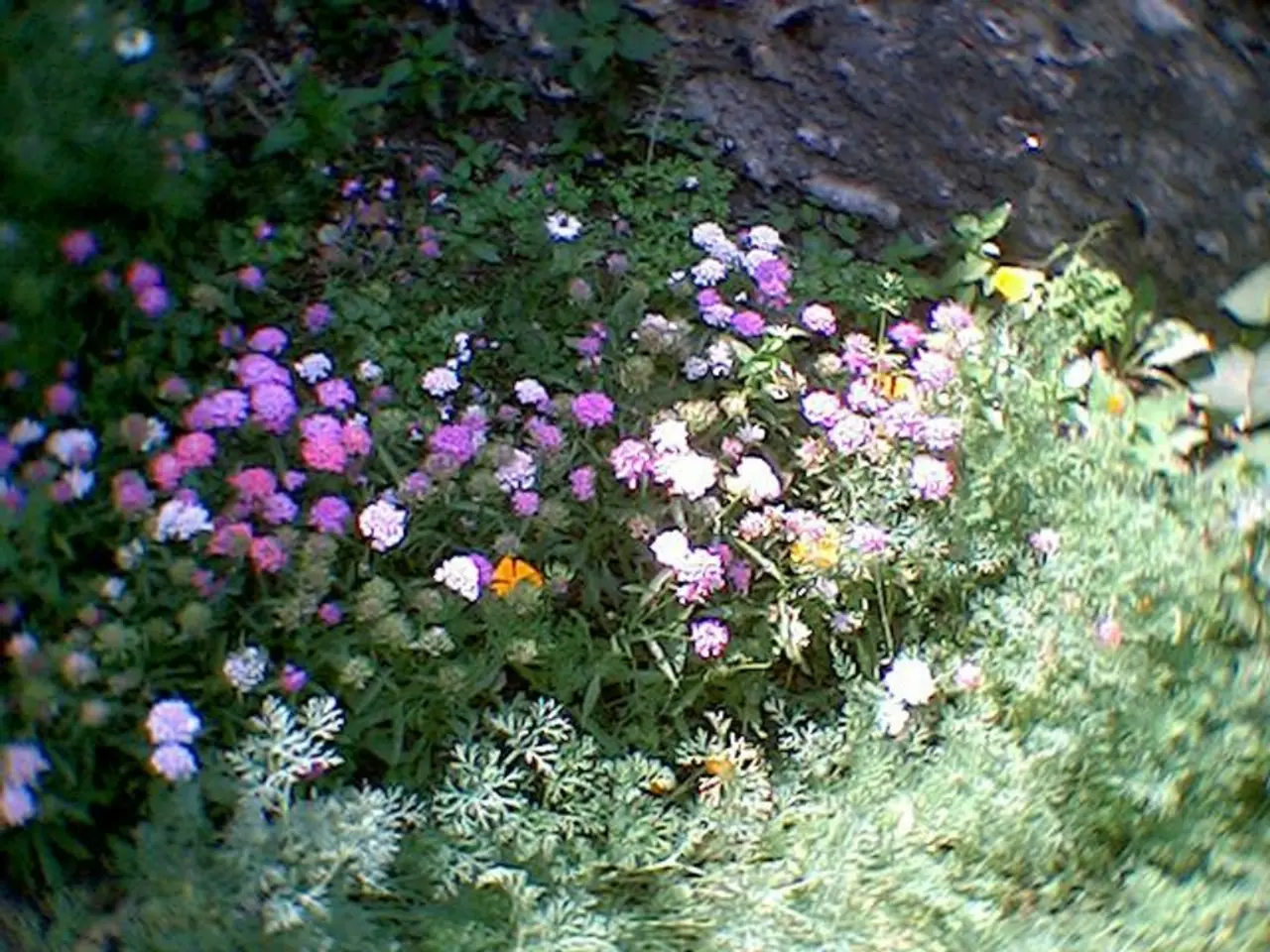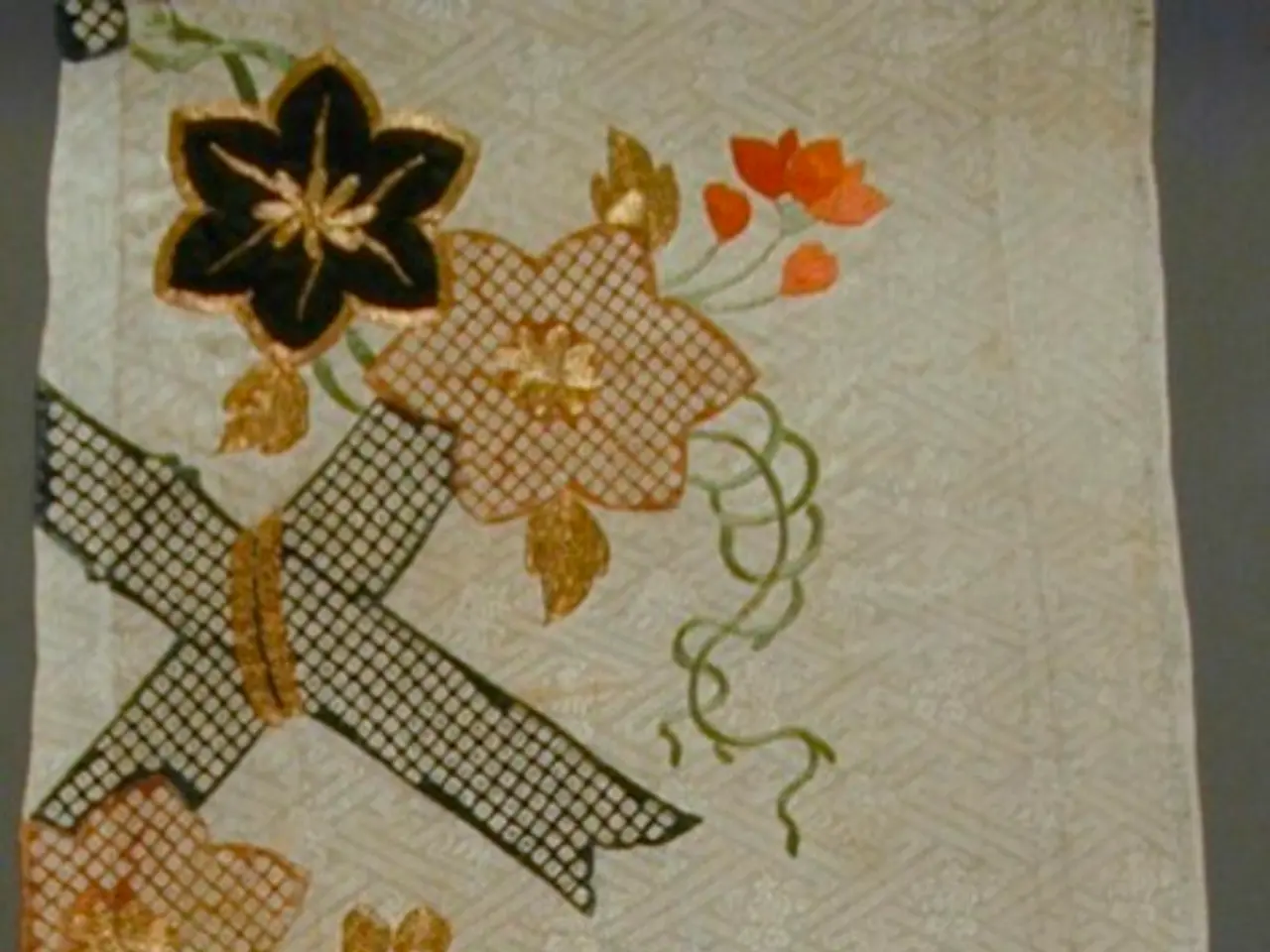Invasive yet favorite garden plants: A gardening expert issues a stern alert, revealing alternate choices for your garden
In many gardens across the United States, some popular garden perennials and shrubs can be remarkably aggressive and invasive, especially in the wrong setting. To maintain a healthy and sustainable garden, it's essential to be aware of the invasive plants that should be avoided and to choose alternatives that are native or well-regulated.
Invasive Plants to Avoid
Some common invasive plants to avoid growing in US gardens include:
- Lily of the valley (Convallaria majalis): This very aggressive ground cover is especially problematic in zones 4–8 and wet, shady areas. It is difficult to control and toxic if ingested.
- Tree of heaven (Ailanthus altissima): Spreads rapidly and is hard to eradicate, invasive in many regions.
- Japanese honeysuckle and bush honeysuckle: Fast-spreading vines and shrubs that displace native plants.
- Kudzu: An extremely fast-growing vine mainly problematic in southeastern US.
- Privet: Forms dense thickets from bird-dispersed seeds, displacing natives.
- Japanese pachysandra (Pachysandra terminalis): Invasive ground cover that can outcompete species in gardens.
- Bermuda grass: Aggressive lawn grass that spreads via roots and stems, difficult to control.
Other region-specific invasive plants include eucalyptus, ice plant, vinca, pampas grass, tree tobacco, Mexican fan palm in California.
Recommended Alternatives by Hardiness Zones
When selecting plants, it is critical to consider your local hardiness zone, soil, moisture, and the invasiveness risk specific to your region. Here are some recommended alternatives:
| Invasive Plant | Recommended Alternative(s) | Suitable Zones | Notes | |--------------------------------|--------------------------------------------------------------------------------|--------------------------|------------------------------------------------------------------------------------------------| | Lily of the valley | Pink-flowering lily of the valley (Convallaria majalis var. rosea) | 4–8 | Less aggressive, similar appearance, but still toxic if ingested[1]. | | Japanese pachysandra | Allegheny spurge/Mountain pachysandra (Pachysandra procumbens) | 4–9 | Evergreen ground cover, less aggressive, pink or white blossoms, suitable for shade[2]. | | Invasive vines/shrubs (honeysuckle, privet) | Native or non-invasive shrubs based on local recommendations | Varies | Avoid fast-spreading vines; select natives or well-behaved ornamentals. | | Kudzu | Native ground covers and grasses | Southeastern US zones | Kudzu control is challenging; avoid planting altogether[3]. | | Bermuda grass | Creeping phlox (Phlox subulata), other hardy ground covers | Zones 3–9 (phlox) | Creeping phlox forms dense mats that suppress weeds, blooms in spring[2]. | | California invasive plants | Native alternatives appropriate to California climate (not specified) | California zones | Avoid thirsty exotics like eucalyptus, pampas grass[4]. |
Hardy Ground Covers and Ornamental Grasses
To combat invasive weeds or prevent their spread, gardeners may also use hardy ground covers and ornamental grasses such as creeping phlox, Allegheny spurge, and various species of Salvia suited to zones 10–11.
Key Cautions
- Always check local extension services or native plant societies for updated invasive species lists and region-specific alternatives.
- Some less aggressive alternatives, like pink lily of the valley, can still be toxic to children and pets, so garden safety is also crucial.
- Certain plants may be invasive only in particular zones or climates; regional guidance is essential for best results.
By avoiding well-known problem plants such as lily of the valley, tree of heaven, kudzu, privet, Japanese honeysuckle, and Bermuda grass—and replacing them with native or non-invasive species adapted to your USDA hardiness zone—you can help maintain a healthy, sustainable garden.
- When considering garden ideas, it's crucial to avoid invasive plants such as the lily of the valley and Japanese pachysandra, and instead opt for recommended alternatives like pink-flowering lily of the valley and Allegheny spurge, respectively, to ensure a healthy, sustainable garden.
- In the realm of home-and-garden lifestyle, it's essential to be aware of invasive species like kudzu and Bermuda grass, and replace them with native or non-invasive ground covers and grasses, such as creeping phlox and Salvia, to maintain a thriving garden that contrasts with invasive plants.




